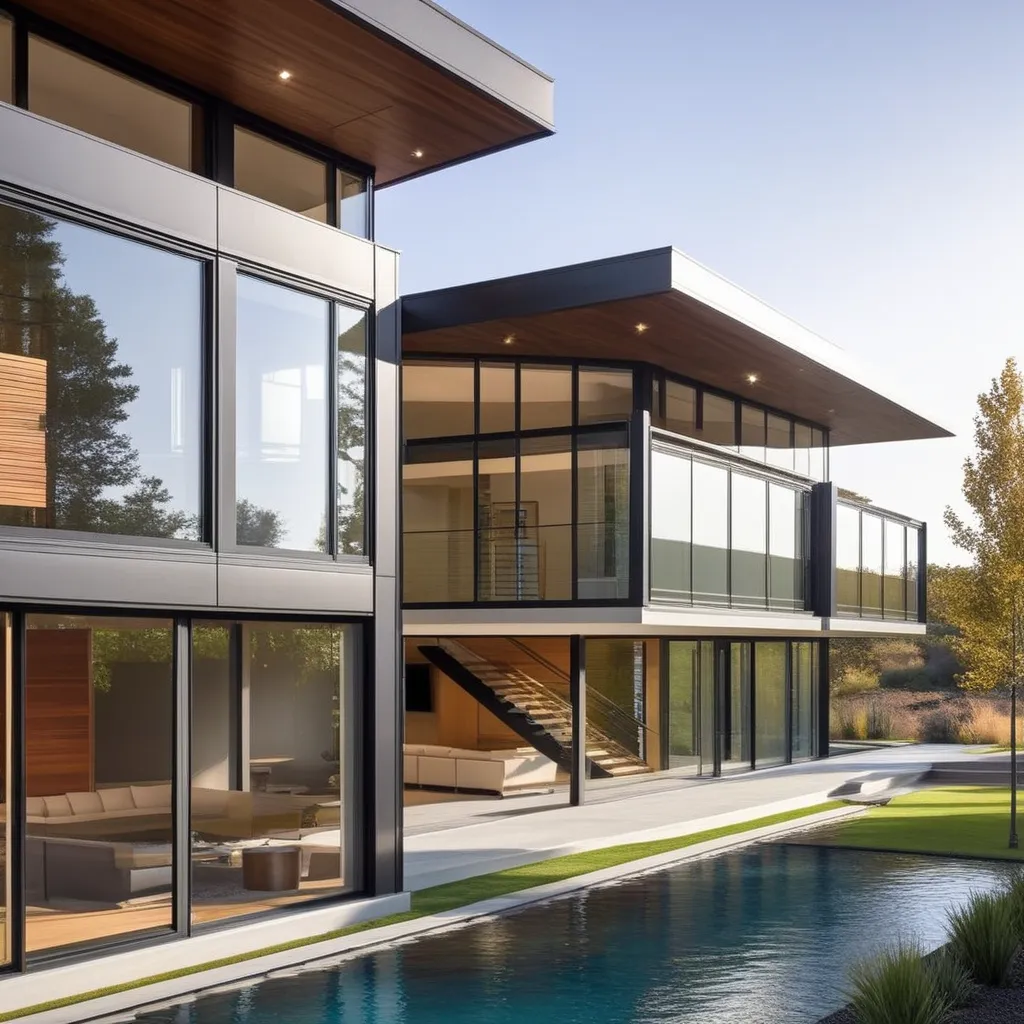The Influence of Technology on Modern Architecture
Think back to the first time you watched a sci-fi movie set in the future. The towering, sleek buildings with innovative designs and dazzling technology often steal the show. While those futuristic landscapes may have seemed like pure imagination, they are now becoming a reality, thanks to the profound influence of technology on modern architecture. In this article, we'll explore how technology has reshaped the world of architecture, drawing insights from personal experiences.

My Fascination with Architecture
As someone who has always been drawn to the world of design and aesthetics, I found myself captivated by the architectural marvels that began to emerge in recent years. The fusion of artistic vision and cutting-edge technology has given birth to architectural wonders that defy convention.
One particular memory stands out—a visit to a modern art museum that was not only a visual treat but also a testament to how technology has transformed architectural possibilities.
The Technological Transformation
The influence of technology on modern architecture is undeniable:
1. Innovative Materials
Advanced materials, such as carbon fiber composites, self-healing concrete, and smart glass, have expanded the possibilities for architects. These materials offer greater durability, flexibility, and sustainability in construction.
2. Digital Design and Modeling
Computer-aided design (CAD) and Building Information Modeling (BIM) software have revolutionized the design process. Architects can now create intricate and precise designs, visualize projects in 3D, and even simulate how buildings will perform in various conditions.
3. Sustainable Solutions
Technology has enabled architects to prioritize sustainability. Green building practices, including solar panels, rainwater harvesting, and energy-efficient HVAC systems, are integrated into modern architectural designs.
4. Parametric Design
Parametric design, driven by algorithms and computational tools, allows architects to create complex, organic shapes and structures that were once challenging to achieve.
5. Virtual Reality (VR) and Augmented Reality (AR)
VR and AR technologies have revolutionized the way architects present their designs and collaborate with clients. Virtual walkthroughs and immersive experiences offer a realistic preview of architectural concepts.
Architectural Icons
The impact of technology on modern architecture can be seen in iconic structures around the world:
1. The Shard, London
This striking skyscraper boasts a glass façade that reflects the changing sky, creating a dynamic visual effect. Advanced glass technology and sustainable design principles make it an architectural marvel.
2. The Burj Khalifa, Dubai
The tallest building in the world, the Burj Khalifa, is a testament to engineering and technological prowess. It incorporates advanced elevators, energy-efficient systems, and cutting-edge design.
3. The Eden Project, Cornwall
This eco-friendly complex features a series of biome domes that house diverse ecosystems. Its design and construction were made possible by innovative materials and sustainable technologies.
4. The Guggenheim Museum, Bilbao
Designed by Frank Gehry, this museum is renowned for its unconventional form. Advanced 3D modeling and fabrication techniques were instrumental in bringing Gehry's vision to life.
Challenges and Ethical Considerations
While technology has opened up exciting possibilities in architecture, it also presents challenges. The reliance on digital tools raises concerns about data security and privacy. Additionally, questions about the environmental impact of technological advancements in construction must be addressed.
The Future of Architectural Innovation
As we look ahead, the influence of technology on modern architecture shows no signs of slowing down. Advancements in robotics, artificial intelligence (AI), and sustainable technologies will continue to shape the architectural landscape.
Reflecting on the journey of modern architecture, it's clear that the synergy between technology and creativity has given rise to structures that inspire, challenge conventions, and remind us of the limitless potential of human innovation.

No comments:
Post a Comment